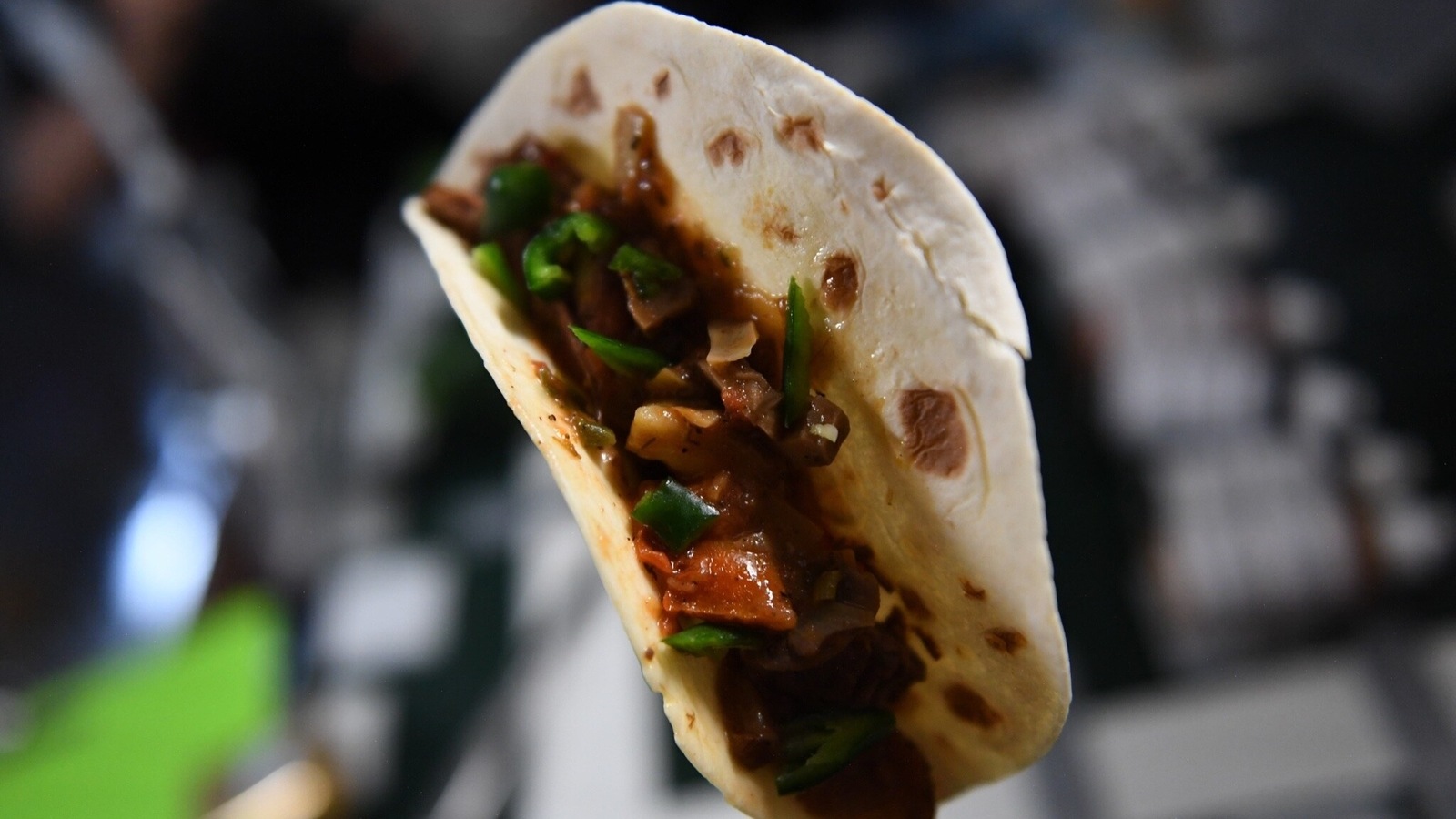
The first chili peppers grown in space for the past four months have been sampled by Nasa astronauts aboard the International Space Station. The National Aeronautics and Space Administration previously stated that this plant experiment was one of the most sophisticated to date.
Photos of the first space-grown green chili pepper were up on Nasa astronaut Meghan McArthur’s social media account.
“After the harvest, we got to taste red and green chile. Then we filled out surveys (got to have the date). Finally, I made my best space tacos yer: fajita beef, rehydrated tomatoes and artichokes, and HATCH CHILE,” it was posted.
Friday Feasting: Best space tacos with first chili peppers grown in space
Nasa previously stated that the experiment aims at determining how to sustain explorers for trips to places beyond low-Earth orbits, such as Mars. It might last months or even years and have limited replenishment options.
“Feeding crews on the Moon, and especially Mars, will be a logistical challenge. While crews will still rely on packaged foods from Earth, part of the challenge is that sending supplies beyond low-Earth orbit requires more propellant and longer delivery times, particularly to Mars. Packaged foods stored for long periods result in degradation of the food quality, which reduces the number of key nutrients like Vitamin C and Vitamin K,” Nasa said earlier.
According to the report, astronauts have grown and consumed ten different vegetables in space stations since 2015.
They chose peppers for growth because they are high in Vitamin C and contain several important elements.
“Peppers are self-pollinating, making the fruit easy to grow as it only requires agitating the plants. Plus, peppers add tasty variety to crew diets,” it said.
How did they grow peppers?
A team from NASA’s Kennedy Space Center cleaned and planted 48 pepper seeds in a scientific container. It contains baked clay for roots to develop in, and a controlled-release fertilizer specially made for peppers.
